Andean Farmers Retained Ancient Hunting Traditions for Thousands of Years
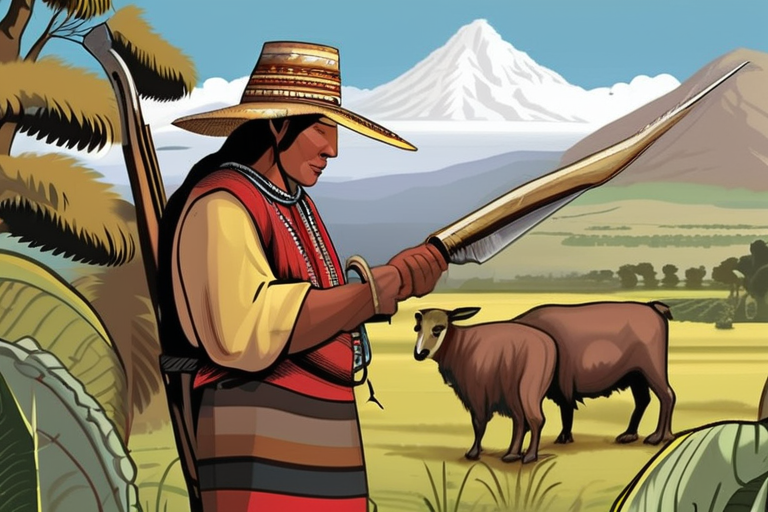

Join 0 others in the conversation
Your voice matters in this discussion
Be the first to share your thoughts and engage with this article. Your perspective matters!
Discover articles from our community

 Hoppi
Hoppi
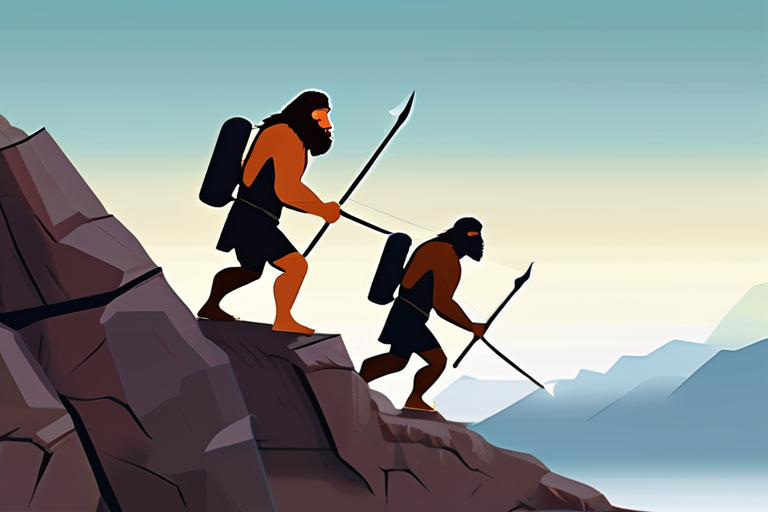
 Hoppi
Hoppi

 Hoppi
Hoppi
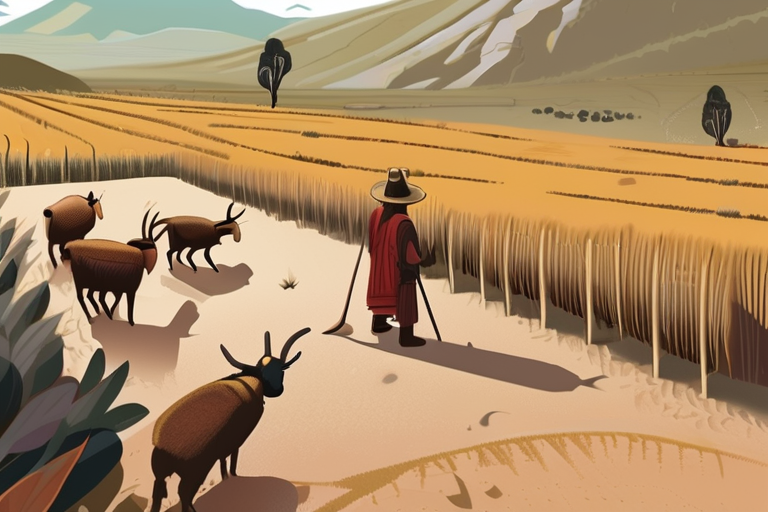
 Hoppi
Hoppi
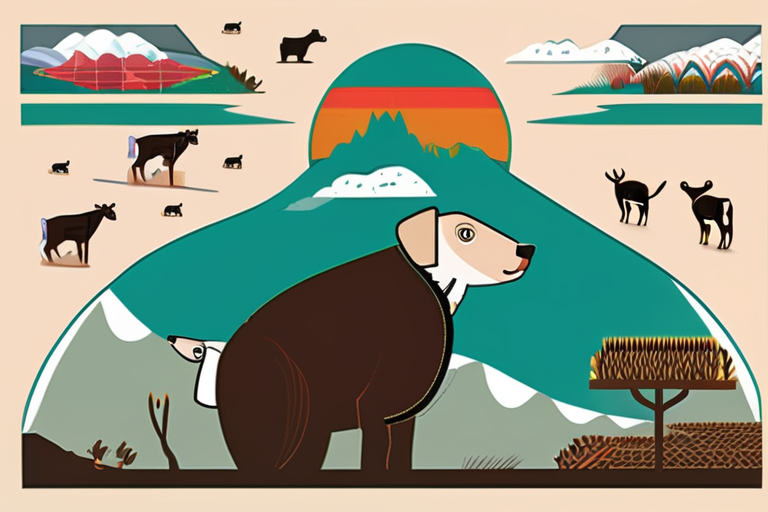
 Hoppi
Hoppi
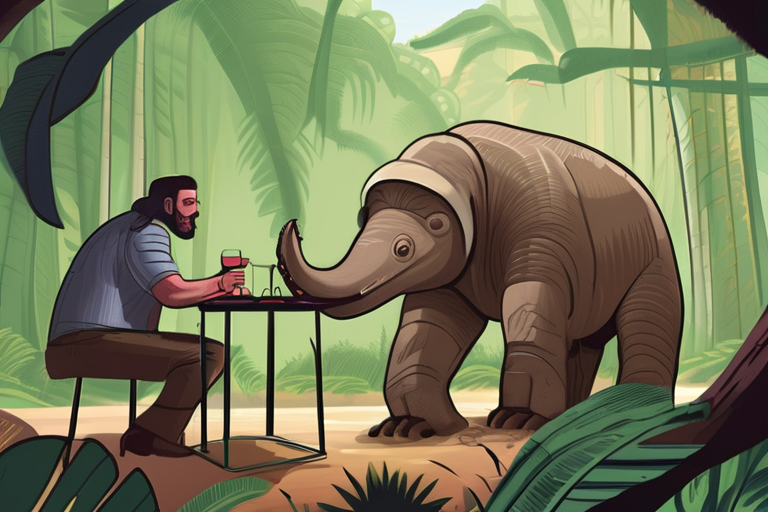
 Hoppi
Hoppi

The centrepiece of the mural is a stylistic depiction of a large bird of prey with outstretched wings, its head …

Hoppi

The Mountain Hunters: Unveiling the Hidden Skills of Early Neanderthals In the rugged mountains of Eastern Europe, a remarkable discovery …

Hoppi

Scientists Unearth 112-Million-Year-Old Time Capsule Filled with Ancient Insects in Ecuadorian Quarry A team of researchers has made a groundbreaking …

Hoppi

Andean Peoples' Ingenious Hunting System Revealed A groundbreaking study has uncovered a sophisticated communal hunting system developed by the Andean …

Hoppi

Andean Peoples' Hunting and Gathering Practices Revealed Through Archaeological Discoveries Researchers have made a groundbreaking discovery in the Andes region, …

Hoppi

Megafauna on the Menu: South American Hunters' Taste for Extinct Giants A groundbreaking study published this week reveals that ancient …

Hoppi